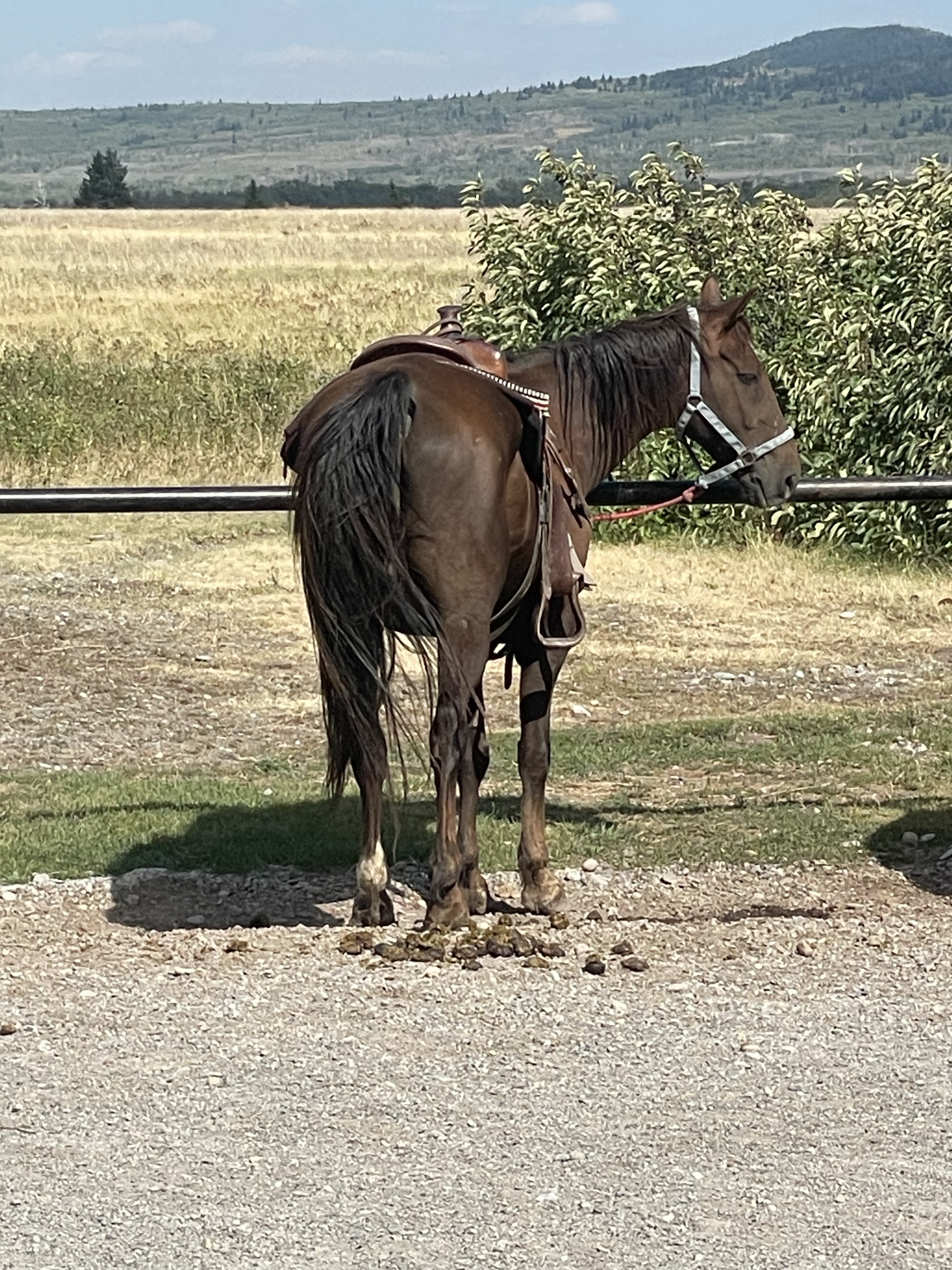Hey there, cocktail enthusiasts, and fellow bartenders! Today, we are diving into one of my all-time favourite classic gin cocktail recipes: the Corpse Reviver No. 2. This drink is, without a doubt, a true legend in the cocktail world, and for good reason. Not only is it bold and complex, but it also packs a punch, both in flavour and history. Whether you are a seasoned bartender or a home mixologist with a passion for crafting drinks, this drink certainly needs to be on your repertoire. So, let us shake things up and, together, explore everything you need to know about this iconic cocktail.
As an Amazon Associate this page may contain affiliate links. This means I earn a small commission if you purchase a product at no extra cost to you! I only link products I trust so you can shop with piece of mind 🙂
A Brief History: The Cocktail That Raises the Dead
First things first, let us talk about the name Corpse Reviver. It sounds like something straight out of a gothic novel, doesn’t it? Well, the name is not just for show. This drink was originally part of a family of “hair of the dog” cocktails designed to cure or at least alleviate the dreaded hangover. Think of it as a liquid resurrection for those mornings when you feel like, well, a corpse.
The Corpse Reviver No. 2 first appeared in The Savoy Cocktail Book in 1930, written by the legendary Harry Craddock. But here is a fun fact: there were multiple Corpse Revivers (Nos. 1, 2, and even 3 and 4). However, it is the No. 2 that has stood the test of time, thanks to its perfectly balanced blend of citrus, herbal, and boozy notes.
Another fun fact, Craddock famously warned, “Four of these taken in swift succession will unrevived the corpse again.” So, while this drink might bring you back to life, moderation is key—unless you want to end up horizontal again.
The ingredients: A Symphony of Flavors
The Corpse Reviver No. 2 is a masterclass in balance. It is equal parts sweet, sour, bitter, and strong, making it a delight for the palate. But to truly nail this cocktail, you need to understand the ingredients and why they work so well together. Let us break it down:
1. Gin: The Backbone of the Drink
Gin is the star of the show here, providing a robust botanical base that ties everything together. I recommend using a London Dry Gin for its crisp, juniper-forward profile. I recommend using one of the following as these gins have enough complexity to stand up to the other ingredients without overpowering them.
- Beefeater: A traditional British gin that is known for its unique blend of botanicals, providing a distinct flavor profile that is perfect for cocktails or enjoying straight.
- Tanqueray: A premium gin renowned for its distinct juniper flavor, perfect for classic cocktails and a favorite among mixologists, making it an ideal choice for both casual and sophisticated gatherings.
- Plymouth Gin: A renowned British gin crafted since the 18th century, characterized by its unique blend of botanicals and distinctive smoothness, making it a popular choice for both cocktails and sipping neat.
2. Cointreau: The Sweet Citrus Kick
Cointreau, a premium orange liqueur, adds a touch of sweetness and a bright citrus note. Its smooth, balanced flavour is key to achieving the drink’s harmony. If you are in a pinch, you could use another triple sec, but trust me, Cointreau is worth the splurge.
3. Lillet Blanc: The Herbal Elegance
Lillet Blanc is a French aperitif wine that brings a subtle herbal and floral complexity to the mix. It is like the sophisticated cousin of dry vermouth. If you cannot find Lillet Blanc, Cocchi Americano is a great substitute, though it is slightly more bitter.
4. Fresh Lemon Juice: The Zesty Lifeline
Freshly squeezed lemon juice is non-negotiable here; indeed, it provides the necessary acidity to effectively balance the sweetness while simultaneously adding a refreshing zing and some colour. As for bottled lemon juice, do not even think about it! Furthermore, be sure to check out my post on juicing your own citrus to learn more here.
5. Absinthe: The Devil in the Details
Ah, absinthe. First and foremost, just a dash of this anise-flavoured spirit is all you need to elevate the drink. Moreover, it adds a mysterious, almost ethereal quality to the cocktail. For best results, use a high-quality absinthe like Pernod or St. George Absinthe Verte. Additionally, a little goes a long way, so be careful not to overdo it!
The Recipe: How to Make the Perfect Corpse Reviver No. 2

Equipment
- 1 Jigger
Ingredients
- 22.5 ml London Dry Gin
- 22.5 ml Cointreau
- 22.5 ml Lillet Blanc
- 22.5 ml fresh lemon juice
- 1 dash absinthe
- Ice
- Lemon twist for garnish
Instructions
- Chill Your Glass: Start by chilling a coupe glass. You can fill it with ice water while you prepare the cocktail if it is not already chilled.
- Rinse with Absinthe: Discard the ice water from the glass and add a dash of absinthe. Swirl it around to coat the inside of the glass, then discard the excess. This creates a subtle anise aroma that enhances the drinking experience.
- Shake It Up: In a cocktail shaker, combine the gin, Cointreau, Lillet Blanc, and lemon juice. Add ice and shake vigorously for about 15 seconds. You want the drink to be well-chilled and properly diluted.
- Strain and Serve: Double-strain the mixture into your prepared coupe glass. This ensures a smooth, silky texture.
- Garnish: Finish with a lemon twist.
- And there you have it—a perfectly balanced Corpse Reviver No. 2!
The Corpse Reviver No 2 Behind the Bar
Now that you have mastered the Corpse Reviver no 2 recipe, let us talk about how this cocktail can work for you behind the bar.
1. A Crowd-Pleaser for Adventurous Drinkers
The Corpse Reviver No. 2 is a fantastic choice for guests who want to try something classic yet unexpected. Its unique flavour profile makes it a great conversation starter, and it is sure to impress anyone who appreciates a well-crafted cocktail.
When you’re behind the bar, its history is a powerful tool for upselling. Imagine a guest asking for a recommendation. Instead of just listing ingredients, you can paint a picture: “Have you ever tried the Corpse Reviver No. 2? This is a classic cocktail from the 1930s, created to cure hangovers—literally designed to bring you back to life. It’s got gin, Cointreau, Lillet Blanc, and a touch of absinthe, all balanced with fresh lemon juice. It’s like a time machine in a glass.” This kind of storytelling not only piques curiosity but also elevates the drink from a simple cocktail to an experience.
You can also highlight its rarity and sophistication. Mention that it’s a favourite among bartenders and cocktail enthusiasts because of its perfect balance and historical significance. For guests who enjoy trying something unique or Instagram-worthy, this is a golden opportunity. You might say, “It’s not something you’ll find on every menu, but it’s a must-try for anyone who loves classic gin cocktails.” This creates a sense of exclusivity and adventure, making them more likely to order it.
2. A Versatile Base for Riffs
Once you are comfortable with the original recipe, feel free to experiment. Swap out the gin for a barrel-aged variety or try using a different citrus liqueur. You can even play with the absinthe rinse—try a spritz instead of a full rinse for a lighter touch.
3. A Signature Serve
If you are looking to add a signature cocktail to your menu, the Corpse Reviver No. 2 is a strong contender. Its rich history and complex flavour make it a standout choice. Plus, it is easy to batch for events or happy hour.
Shake, Sip, and Share
So, that for which are you waiting? Grab your shaker, dust off that bottle of absinthe, and give the Corpse Reviver No. 2 a try. Whether you are behind the bar or mixing drinks at home, this cocktail is a must-have in your repertoire.
And hey, once you have made it, share your creation with the world! Tag me on social media or drop a comment below with your thoughts. Did you stick to the classic recipe, or did you put your own spin on it? I would love to hear your take on this timeless drink. For more unusual classic cocktails, be sure to check out the Boulevardier and The Last Word
















From visitors